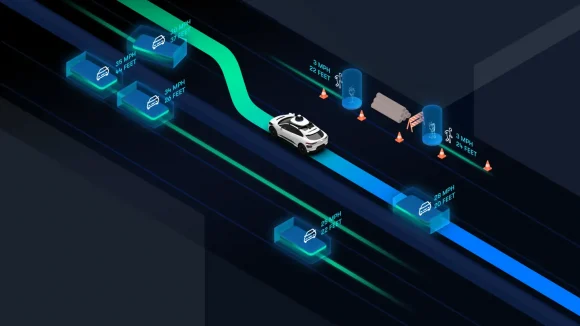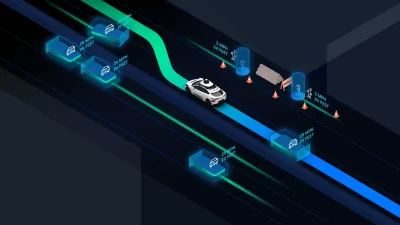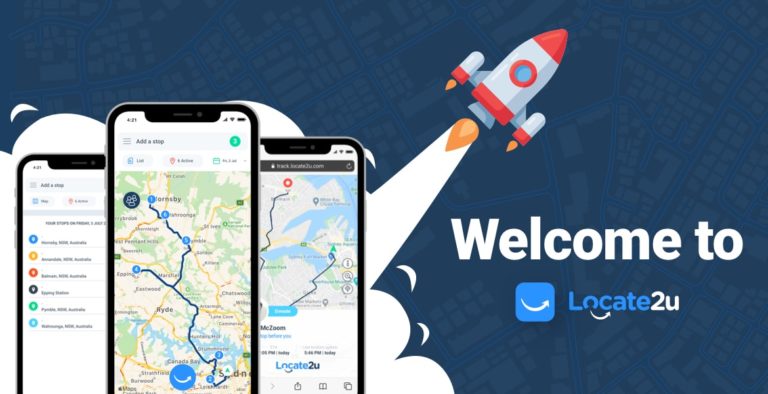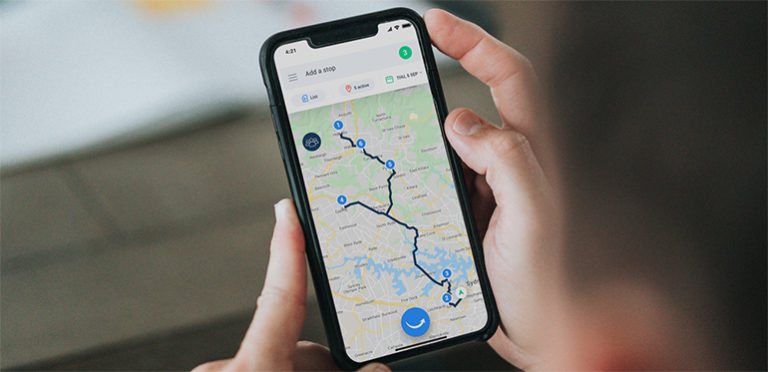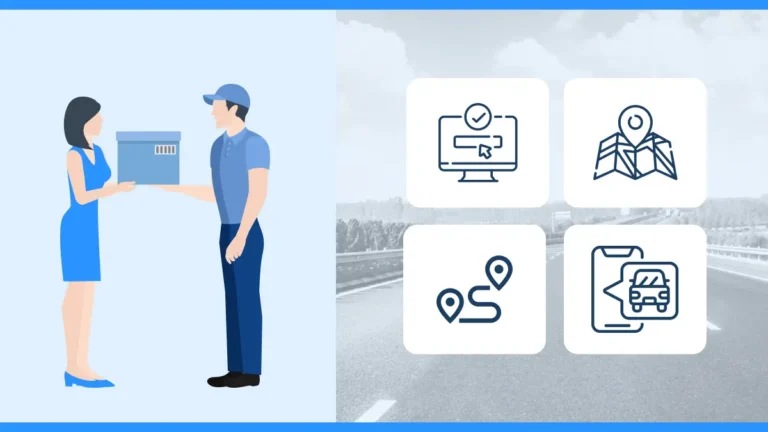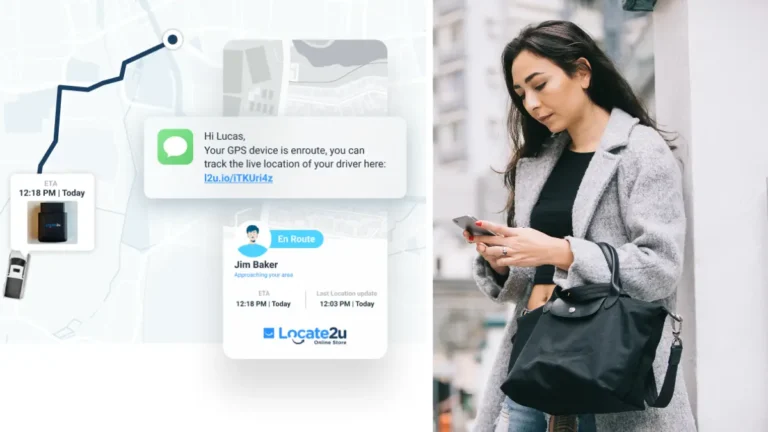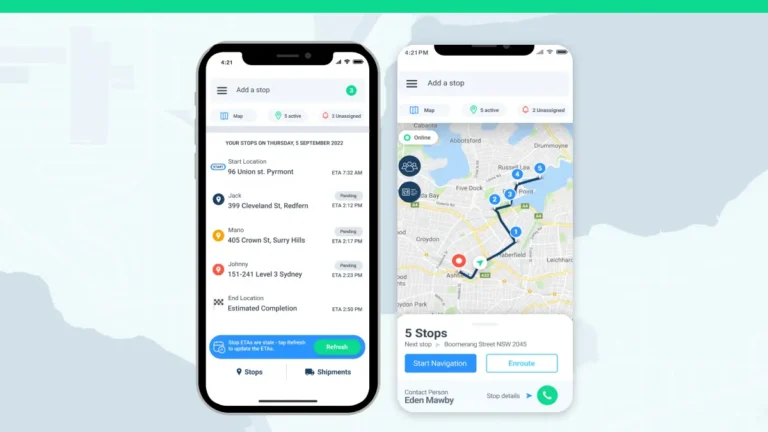Self-driving cars are no longer just a sci-fi fantasy. Waymo, a leader in autonomous vehicles, is making roads safer and smarter by using artificial intelligence (AI) and machine learning (ML).
These technologies allow Waymo’s cars to make split-second decisions that prioritise safety, even in the most complicated traffic situations.
Waymo’s VP of engineering, Srikanth Thirumalai, says they are “in the business of navigating the real world.”
But how do they actually work? Let’s break it down.
Why rely on tech?
Think about how many decisions a human has to make while driving. We check our mirrors, watch out for obstacles and pedestrians, and anticipate what other drivers might do.
Self-driving cars need to do all this, without having a human behind the wheel. There’s where AI and ML come in handy.
While AI systems process information from cameras, radar and lidar sensors (these can detect anything from road signs to stray animals), ML makes the car smarter over time.
Machine learning enables the car to “learn” from what it is experiencing. As time goes on, it will become better at handling tricky situations and traffic conditions..
How Waymo powers self-driving cars
The car’s sensors act like eyes and ears. For example, a Waymo car can:
- spot a cyclist in the fog.
- identify a dog running across the street.
- understand traffic lights, stop signs, and road markings.
Director and head of perception, Chen Wu, says the Waymo system uses the sensor data “to recreate the scene.”
“We apply many advanced machine learning algorithms and models,” she adds, “to solve those problems and to achieve human-level understanding of the world around us.”
Most impressively though, the car can also ‘predict’ what happens next.
If a pedestrian is walking along the side of the road, the car doesn’t just ‘see’ them, it also predicts whether they are likely to step into the road or not.
VP of research, Drago Agnuelov, lays out the two main challenges of autonomous driving: “To build a system that can handle real world complexity […], and to evaluate and validate the performance of this system.”
ALSO READ: Explainer: How Waymo’s autonomous vehicles improve road safety
Calculations, decisions and a hive mind
Beyond just predicting what is happening around it, Waymo’s AI system also plans ahead.
How? By calculating the safest way to turn at a busy intersection.. Or by deciding exactly when it is safe to merge onto a highway.
Since it’s all connected, one car can learn from the entire fleet. In other words, if one single car comes across a tricky situation and figures out how to navigate it, the rest of the fleet learns this too.
Waymo’s AI combines perception, prediction, and planning systems to prove that self-driving cars can be both intelligent and responsible.
As the fleet continues to learn and grow, the vision of a future where cars drive themselves safely and efficiently becomes more of a reality.
Image credit: Waymo
About the author
Cheryl has contributed to various international publications, with a fervor for data and technology. She explores the intersection of emerging tech trends with logistics, focusing on how digital innovations are reshaping industries on a global scale. When she's not dissecting the latest developments in AI-driven innovation and digital solutions, Cheryl can be found gaming, kickboxing, or navigating the novel niches of consumer gadgetry.

